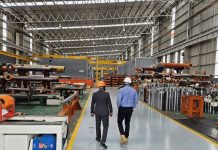Zambia has some pretty big copper mines, and is Africa’s second-largest copper producer. But how do our mines compare on a global scale? And which country has the biggest mines? Prepare to be amazed as we go through the Top 10 in reverse order:
10. El Teniente, Chile (432 000 tonnes)
This is the world’s largest underground mine. It is owned and operated by the Chilean state mining company, Codelco. This old mine has been operating since the 19th century, and its underground tunnels run for more than 2 000 km.
9. Polar Division, Russia (450 000 tonnes)
This mine is in one of the coldest parts of the world – Siberia. Temperatures in the region can fall as low as 80 degrees below zero – colder than the temperature on the planet Mars. It was originally a nickel mine, and started production in the 1930s. Today, Polar Division also produces cobalt, gold, silver and platinum group metals.
Escondida is the world’s biggest copper mine and produces five percent of the world’s copper.
8. Las Bambas, Peru (450 000 tonnes)
This new open-pit mine is located at 4 000 metres above sea level – that’s nearly four times higher than Lusaka. It has large copper reserves and is expected to operate for at least twenty years.
7. Antamina, Peru (450 000 tonnes)
Two of the largest shareholders in this mine are companies that have their origins in Africa, namely BHP Billiton and Glencore, who each own about 30%. This mine, which started operating in 2002, is nearing the end of its working life, and production is expected to end in 2019.
6. Collahuasi, Chile (454 000 tonnes)
This mine, the second biggest in Chile, is owned by a consortium of companies, two of which have their origins in Africa. They are Anglo America and Glencore, who each have a 44% shareholding. It has one of the largest copper reserves in Chile, with reserves estimated at nearly 4 billion tonnes.

5. Cerro Verde II, Peru (500 000 tonnes)
This open-pit mine has some of the most extensive copper reserves in the world, and boasts some 13 million tonnes of recoverable copper. The mine was owned by the Peruvian government between 1970 and 1994. After it was privatised, copper production increased by 350% and costs were nearly halved.
4. Buenavista del Cobre, Mexico (510 000 tonnes)
This mine is more than a century old, and first started operations in 1899. It is the second-biggest mine in North America, and the fourth-largest in the world. It boasts some 27 million tonnes of copper reserves.
3. Morenci, United States of America (520 000 tonnes)
This mine, in the state of Arizona, is the biggest in North America. People have been mining on the site for nearly 150 years – it first started operating in 1872.
2. Grasberg, Indonesia (750 000 tonnes)
This mine, which produces 750 000 tonnes of copper annually, is not only the world’s second-biggest copper mine, but also the world’s biggest gold mine. The vast store of copper and gold is extracted from a massive open pit half a kilometre deep.
1. Escondida, Chile (1 million tonnes)
Escondida is the world’s biggest copper mine. Its two open-pit operations in the Atacama desert produce 1 million tonnes of copper a year. That’s about 5% of global production, and more than all the copper produced in Zambia. Escondida means “hidden” in Spanish, and probably alludes to the mine’s remote location. Some 12 000 jobs, direct and indirect, depend on the operations of Escondida. Gold and silver are produced as by-products.
Okay, so Zambia’s mines don’t make the Top 10; but they aren’t too far behind and feature in the Top 20. Sentinel mine, operated by First Quantum Minerals (FQM), is the 15th biggest copper mine in the world, producing about 300 000 tonnes of copper every year. Constructed at a cost of US$2.1 billion, it is one of the world’s most advanced open-pit copper mines. Kansanshi, also owned by FQM, is ranked 17th in the world, with an output of about 260 000 tonnes of copper a year. Although it only really started operating as a modern, upgraded operation after 2001, copper may first have been mined artisanally at Kansanshi as long ago as 400 AD.
See also: Sentinel mine a game-changer























